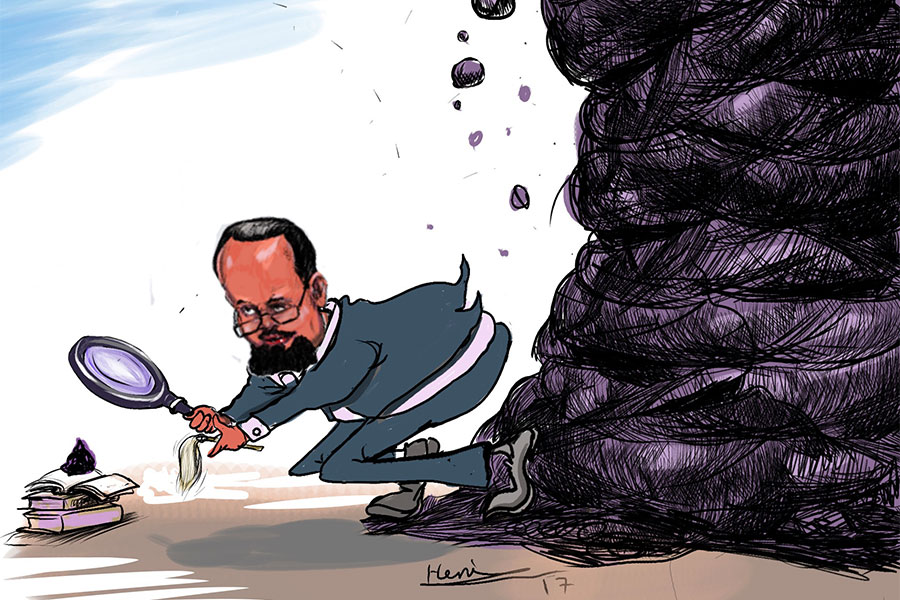
Editorial | Jun 28,2025
May 18 , 2024
By Andrea Sequeira
The U.S. experience challenges traditional economic theories and suggests that higher interest rates can coexist with robust economic growth. The importance of flexible and dynamic economic policies that adapt to changing circumstances is evident. As the global economy evolves, policymakers must consider diverse strategies to promote sustainable growth, ensuring that economic benefits reach all segments of society, write Andrea Sequeira (austinesequeira@gmail.com), an independent consultant, and Andrea Sequeira (andreasequeira031@gmail.com), an economics student at the University of Warwick interested in contemporary global economic developments and their effects on the public policy of developing countries.
The recent economic performance of the United States offers an intriguing case study that challenges long-standing theories about the relationship between interest rates and economic growth. Historically, economists such as Ricardo, Marshall, and Keynes asserted that lower interest rates stimulate economic activities by reducing the cost of borrowing, thereby encouraging investment and consumption. However, the U.S. economy's post-pandemic experience presents a potential counter-narrative.
Post-pandemic, the U.S. economy saw a sharp rise in inflation, with rates jumping from 1.4pc in 2020 to 6.5pc in 2022. Prominent economists, including Ben Bernanke and Olivier Blanchard, attributed these inflationary pressures to the large-scale fiscal packages deployed during the pandemic. Despite the Federal Reserve's efforts to tame inflation by hiking interest rates, inflation remains at 3.4pc. Paradoxically, the economy is booming, exhibiting growth rates that defy traditional economic expectations.
When the Fed initiated rate hikes to curb inflation, the U.S. economy grew at a modest 2.5pc. Today, even as the Fed maintains high rates, the economy is expanding at a robust 4.2pc. Job creation is strong, and corporate profits are on the rise. The S&P 500 has grown by eight percent since the first rate hike, while corporate profits have increased by six percent, suggesting a radical shift in interest rate theory. Higher rates might be driving higher economic growth.
One factor fueling this growth is the large influx of interest payments into the economy. Two years ago, the U.S. government's pandemic support packages led to significant budget deficits, financed primarily through high-interest government debt. These debt instruments, yielding an estimated 50 billion dollars a month, have funnelled substantial sums into the hands of investors, boosting consumer demand and spurring economic activity. The influx of capital into the consumer market illustrates a fundamental economic principle that consumer spending drives growth.
Contrary to its usual preference for expansionary monetary policy, the Fed has kept interest rates high, observing the economic gains. This approach provides a critical insight. Putting money in consumers' hands can stimulate demand and drive growth, regardless of whether the method is fiscal stimulus or high-interest debt payments.
The American experience contrasts sharply with other countries' strategies for stimulating economic growth.
India, for instance, has focused on increasing public spending on infrastructure, averaging 3.5pc of GDP over the past decade. The investment in capital goods, such as expanding railway lines and constructing highways, was designed to boost economic activity through enhanced public infrastructure. Similarly, countries like the UAE, Singapore, and several European countries have invested heavily in the service sector, leveraging their limited capacity for physical expansion.
Critics argue that such approaches, leading to significant public debt, could result in stagflation — too much money chasing too few goods. However, the U.S. example suggests that strategic public spending and investment can lead to sustainable growth, even despite high debt levels.
The resilience of the U.S. economy, capable of absorbing both short- and long-term shocks, stems from dynamic policymaking.
In contrast, many sub-Saharan African countries struggle with economic growth due to heavy reliance on external assistance and high domestic taxes. They often view public debt as untouchable, resulting in marginal public and negligible private investments. Consequently, large portions of the population face extreme poverty, and job losses are rampant.
Despite signs of economic revival in countries like Ethiopia, Nigeria, and Senegal, high tax rates and a lack of radical reforms impede sustained growth. At the launch of a report on Africa's economy in December 2023, by the Economic Commission for Africa (ECA), its economic affairs officer, Nadia Ouedraogo, stated the need for robust resource mobilisation strategies to finance sustainable development. She advocated for strengthening tax systems, curbing illicit financial flows, improving debt management, diversifying financial instruments for long-term investment, and reforming the global financial architecture to create a more equitable international system.
In essence, Ouedraogo's recommendations underlined the importance of raising funds for development, increasing public spending to jumpstart the development cycle, and opening up markets internationally. Tax reforms can leave more income in the hands of individuals and corporations, encouraging savings and investment and creating a multiplier effect throughout the economy.
African countries often receive advice on climate-resistant sustainable development. While climate-positive investments are crucial, it is essential to recognise that today's developed countries built their economies and resilience to shocks over the past century, long before concepts like climate sustainability were prevalent. It would be wise for sub-Saharan Africa to prioritise the economic development of its ordinary citizens, aligning with emerging economic theories that emphasise the role of consumer spending in driving growth.
PUBLISHED ON
May 18,2024 [ VOL
25 , NO
1255]


Editorial | Jun 28,2025

Viewpoints | Aug 03,2024

View From Arada | Jun 28,2025

My Opinion | Mar 01,2024

Viewpoints | Apr 15,2023
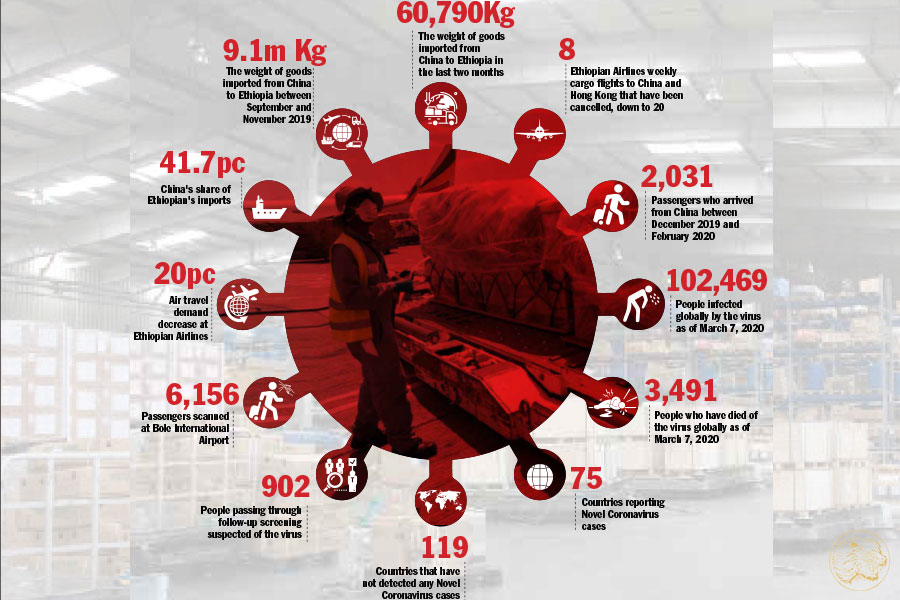
Fortune News | Mar 07,2020

Radar | Dec 15,2024
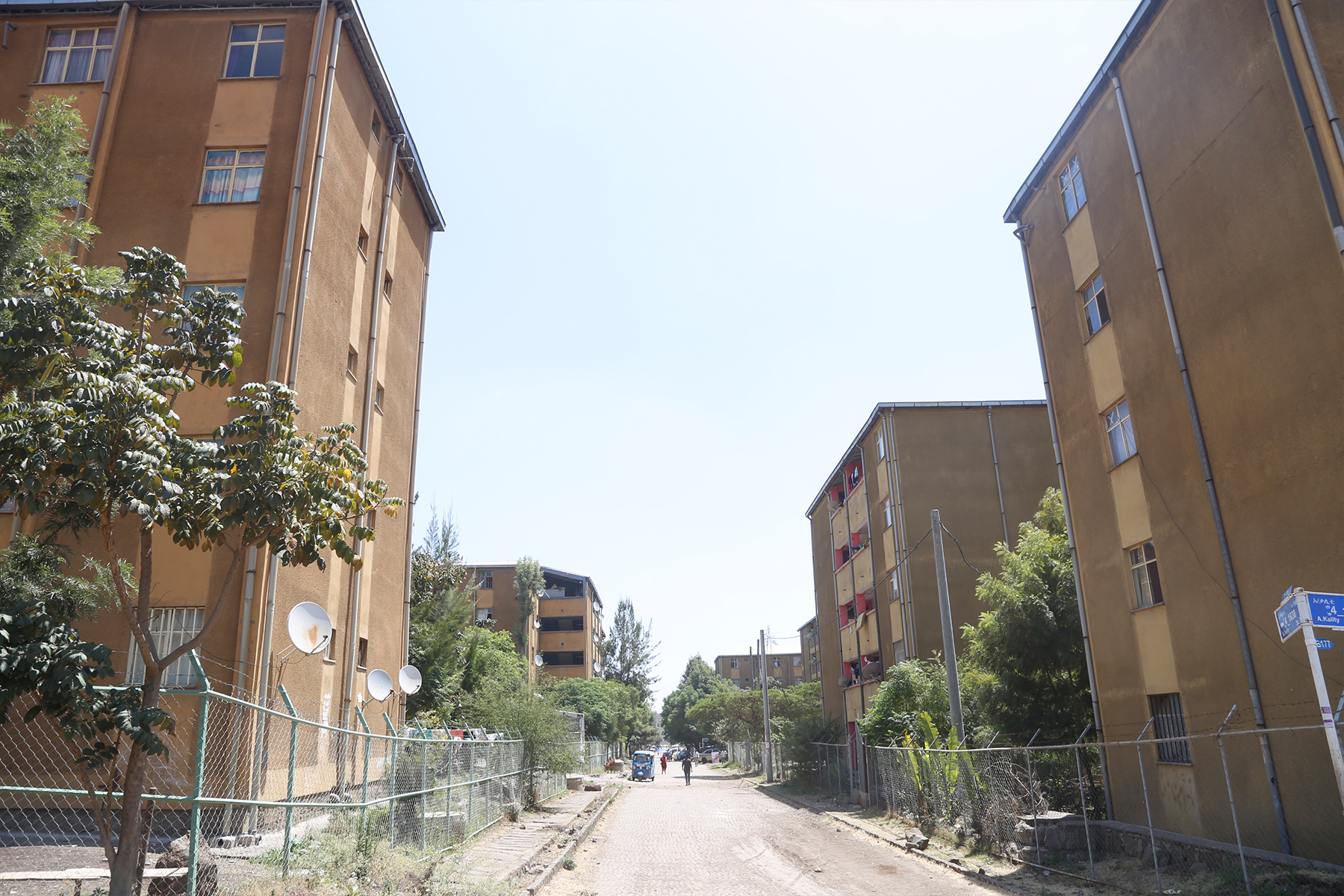
Fortune News | Apr 06,2024

Fortune News | Mar 23,2024
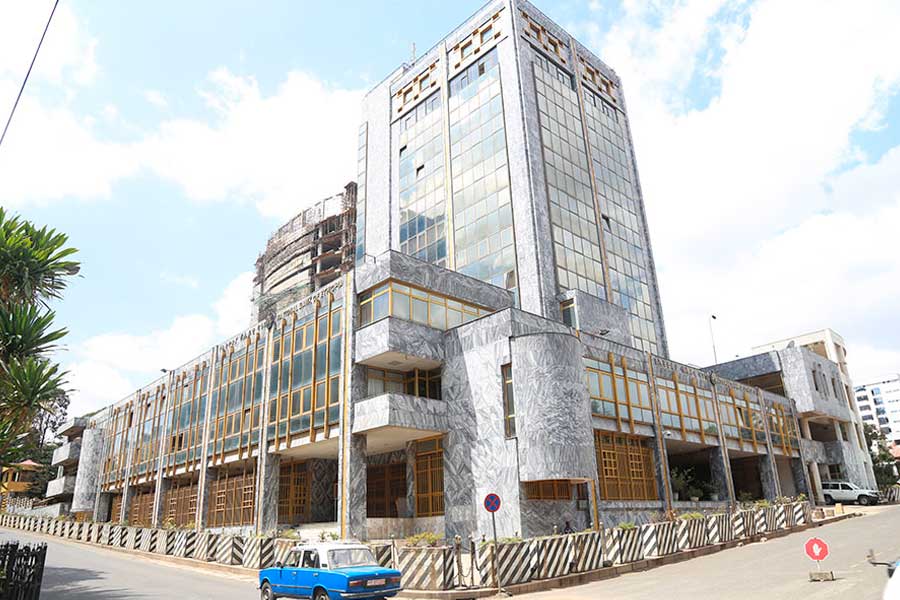

My Opinion | 131970 Views | Aug 14,2021

My Opinion | 128359 Views | Aug 21,2021

My Opinion | 126297 Views | Sep 10,2021

My Opinion | 123912 Views | Aug 07,2021

Dec 22 , 2024 . By TIZITA SHEWAFERAW
Charged with transforming colossal state-owned enterprises into modern and competitiv...

Aug 18 , 2024 . By AKSAH ITALO
Although predictable Yonas Zerihun's job in the ride-hailing service is not immune to...

Jul 28 , 2024 . By TIZITA SHEWAFERAW
Unhabitual, perhaps too many, Samuel Gebreyohannes, 38, used to occasionally enjoy a couple of beers at breakfast. However, he recently swit...

Jul 13 , 2024 . By AKSAH ITALO
Investors who rely on tractors, trucks, and field vehicles for commuting, transporting commodities, and f...

Jul 5 , 2025
Six years ago, Ethiopia was the darling of international liberal commentators. A year...

Jun 28 , 2025
Meseret Damtie, the assertive auditor general, has never been shy about naming names...
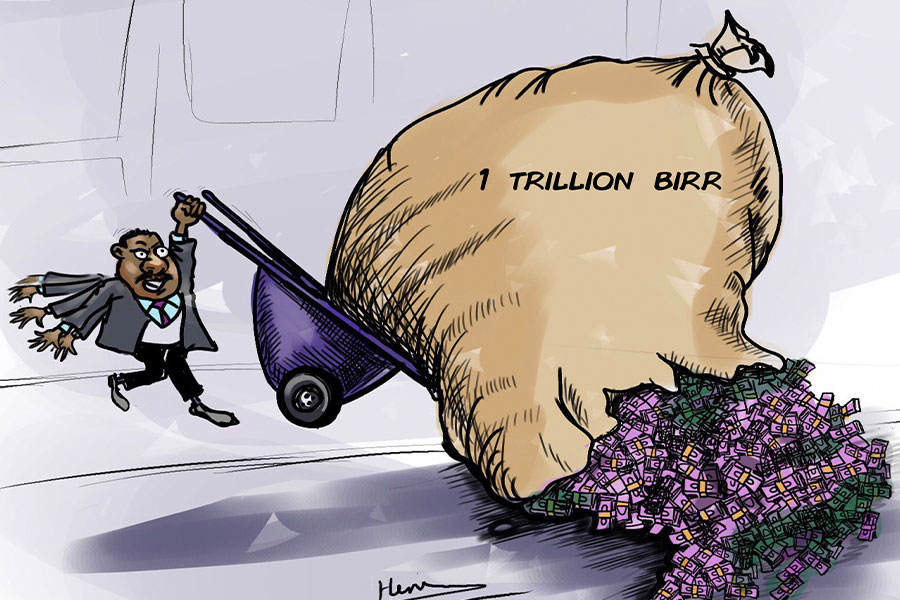
Jun 21 , 2025
A well-worn adage says, “Budget is not destiny, but it is direction.” Examining t...
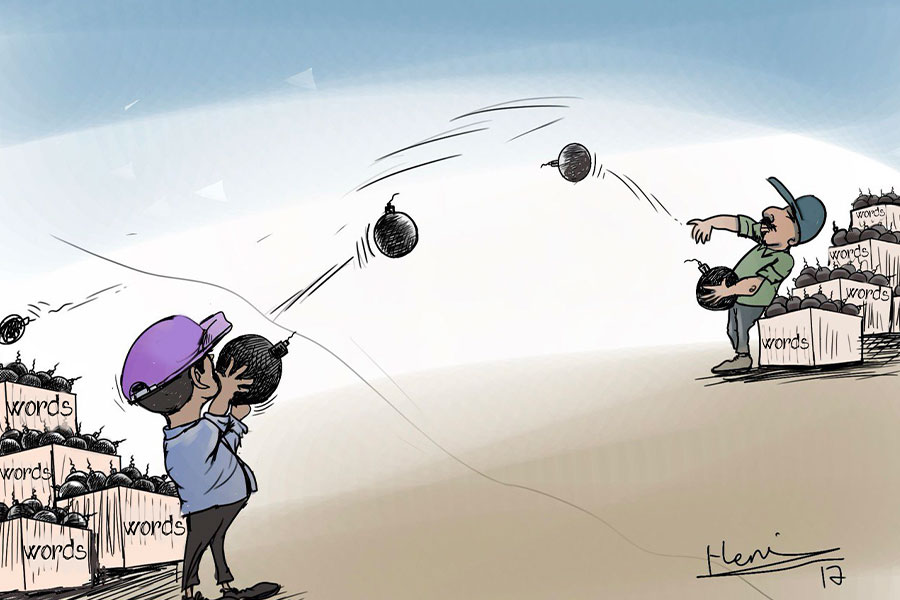
Jun 14 , 2025
Yet again, the Horn of Africa is bracing for trouble. A region already frayed by wars...

Jul 6 , 2025 . By BEZAWIT HULUAGER
The federal legislature gave Prime Minister Abiy Ahmed (PhD) what he wanted: a 1.9 tr...

Jul 6 , 2025 . By YITBAREK GETACHEW
In a city rising skyward at breakneck speed, a reckoning has arrived. Authorities in...

Jul 6 , 2025 . By NAHOM AYELE
A landmark directive from the Ministry of Finance signals a paradigm shift in the cou...

Jul 6 , 2025 . By NAHOM AYELE
Awash Bank has announced plans to establish a dedicated investment banking subsidiary...